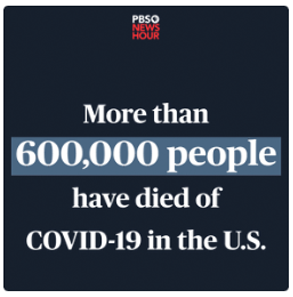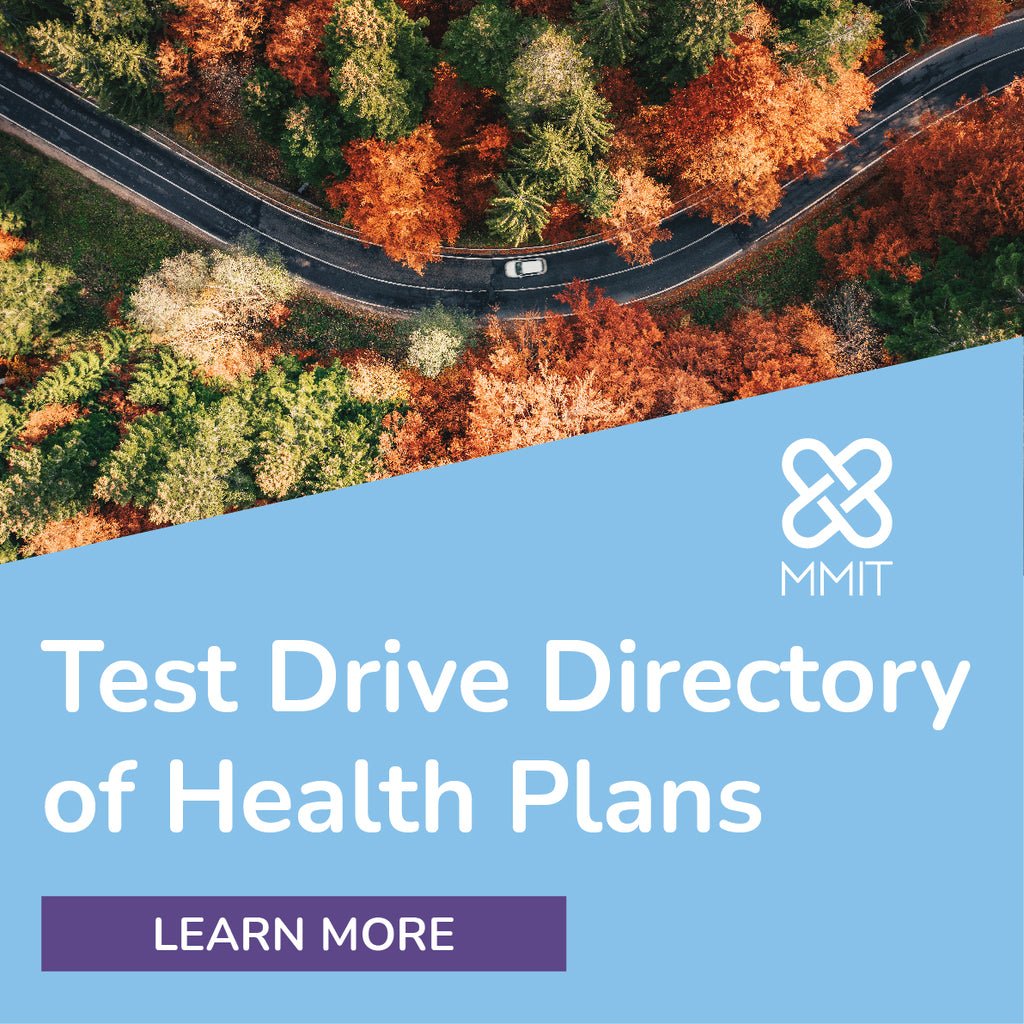Radar on Medicare Advantage
-
New Studies Underscore Doctor, Patient Burden of PA in Medicare Part B
As insurers pledge to reduce the number of medical procedures subject to prior authorization (PA), industry experts say those efforts could trickle down to prescription drugs. According to Avalere Health research, Medicare Advantage plans’ increasing reliance on step therapy (ST) for Medicare Part B-covered therapies has become particularly burdensome for patients and providers, highlighting one potential reform target. But a policy banning its use was reversed by CMS during Donald Trump’s first presidency, and an effort to undo that during the Joe Biden administration did not pan out.

-
With New Flex Benefits Tech, Walmart Aims to Be Medicare Enrollees’ ‘One-Stop Shop’
Through partnerships with two technology-enabled supplemental benefits companies, Walmart Inc. aims to provide Medicare Advantage members and other shoppers with easier access to covered benefits and items that align with their wellness goals. Through its new Walmart Everyday Health Signals program, the retailer will use artificial intelligence (AI) to provide personalized nutrition guidance and other recommendations in real time that could raise awareness of available flexible spending benefits.

-
Timeline: Key Events in Walmart Inc.'s Health Care Journey
From its Medicare Part D partnership with Humana Inc. to the recent launch of the Everyday Health Signals program, Walmart Inc. has a long history of supporting health care consumers, including Medicare Advantage and managed Medicaid members. AIS Health, a division of MMIT, culled its archives to compile a timeline of key events in the retail giant’s foray into health care.

-
News Briefs: CMS Issues RADV Audit Notices to 355 Medicare Advantage Contracts
CMS has notified more than 60% of active Medicare Advantage contracts of their selection for risk adjustment data validation (RADV) audits to confirm the accuracy of medical diagnoses submitted for payment year 2019. CMS in May unveiled its plans to rapidly scale RADV audits, eventually expanding its annual audit capacity by more than 800% to cover approximately 550 MA contracts. According to a question-and-answer document updated on June 25, CMS in June notified 355 contracts of their selection and expects to begin issuing audit findings by early 2026. Those audits will focus on “risk adjustment payments…that CMS believes may be at higher risk for overpayments,” and CMS will select samples of enrollees within the audited MA contracts and request medical records for those enrollees to confirm that the diagnoses submitted by the MA organizations for risk-adjusted payment are supported by medial record documentation.

-
CMS Data Collection Tech Specs Signal ‘Existential Oversight’ on MA Plans
Following up on its plans to collect more granular information on coverage determinations and appeals made by Medicare Advantage plans, CMS on June 9 issued draft technical specifications as it seeks formal approval to implement the expanded Medicare Part C reporting requirements. Although it is a technical document on its surface that fulfills a procedural step, industry veterans say the notice signifies a massive widening of CMS’s view into coverage decisions and denials made by plans, providing the agency — and potentially the public — with unprecedented insight into areas such as the highly scrutinized prior authorization process.
“It’s a big deal,” says Mark Newsom, a former deputy director with CMS who recently joined Avalere Health as managing director. “Probably less from a burden perspective because plans ought to have pretty solid data on all these elements as part of their normal course of operations. It’s really more about the political risk of…more sunshine on denials and prior authorization and other issues” that have been under scrutiny by lawmakers on both sides of the aisle. It also means more attention from researchers, who could potentially identify outliers in the data, “so there’s a potential shaming aspect that could happen depending on how the data play out.”












